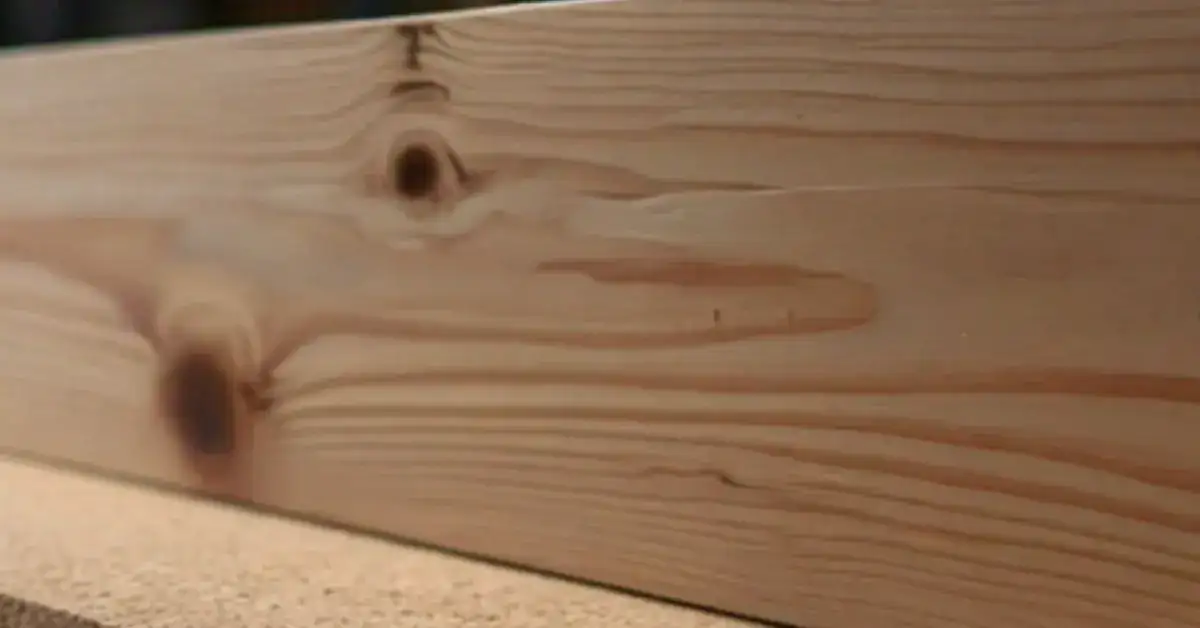When embarking on a woodworking project, selecting the right materials is crucial. Among the various options available, pine blockboard stands out due to its versatility, durability, and aesthetic appeal. Understanding how to choose the right pine blockboard can significantly impact the quality and longevity of your project. This guide will walk you through the essential factors to consider when buying pinewood blockboard.
What is Pine Blockboard?
Pine blockboard is a type of engineered wood made from strips of pine wood sandwiched between layers of plywood or particleboard. This construction method provides several advantages:
- Strength and Stability: The layered design enhances structural integrity, making it less prone to warping or cracking compared to solid wood.
- Lightweight: Pine blockboard is generally lighter than solid wood, making it easier to handle and install.
- Cost-Effective: It offers a budget-friendly alternative to solid wood without compromising on quality.
- Versatile Applications: Ideal for furniture, cabinetry, and interior paneling, pine blockboard can be used in various projects.
Key Factors to Consider When Buying Pine Blockboard
- Thickness: The thickness of the blockboard affects its strength and application. Common thicknesses range from 18mm to 25mm. For heavier applications like shelving or tabletops, opt for thicker boards.
- Grade and Quality: Pine blockboard is available in different grades, which indicate the quality of the wood used. Higher grades have fewer knots and defects, making them suitable for visible applications. Always check for certifications that guarantee quality standards.
- Surface Finish: The surface of the blockboard can be finished in various ways, including veneer, laminate, or raw. Choose a finish that aligns with your project requirements. For example, if you plan to paint or stain, a raw finish may be ideal.
- Moisture Resistance: If your project will be exposed to moisture, consider moisture-resistant pine blockboard. This type is treated to withstand humidity, making it suitable for kitchens and bathrooms.
- Sustainability: Look for pine blockboard sourced from sustainable forests. Certifications like FSC (Forest Stewardship Council) ensure that the wood is harvested responsibly.
- Cost: Prices for pine blockboard can vary based on quality, thickness, and finish. Set a budget before shopping and compare prices from different suppliers to find the best deal.
- Supplier Reputation: Purchase from reputable suppliers known for quality products and excellent customer service. Reading reviews and seeking recommendations can help you choose a reliable source.
How to Use Pine Blockboard in Your Projects
Once you’ve selected the right pine blockboard, it’s time to put it to use. Here are some popular applications:
- Furniture Making: Pine blockboard is perfect for crafting tables, chairs, and cabinets. Its lightweight nature makes it easy to move and rearrange.
- Shelving: Use thicker blockboard for sturdy shelves that can hold books and decorative items.
- Wall Paneling: Create an attractive feature wall by using pine blockboard as paneling. Its natural grain adds warmth to any space.
- Cabinetry: Ideal for kitchen and bathroom cabinets, pine blockboard can be painted or stained to match your decor.
- DIY Projects: From crafting small items to building larger structures, the versatility of pine blockboard makes it a favorite among DIY enthusiasts.
Conclusion
Choosing the right pine blockboard for your project involves considering factors such as thickness, quality, moisture resistance, and supplier reputation. By understanding these elements, you can ensure that your project not only meets your aesthetic desires but also stands the test of time. Whether you are a seasoned woodworker or a DIY beginner, pine blockboard offers a reliable and attractive option for a variety of applications. Make informed choices, and enjoy the process of creating with this versatile material.
